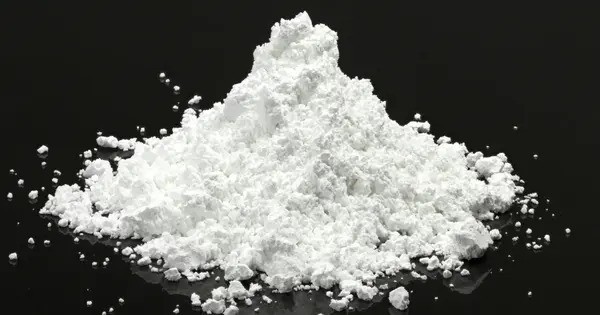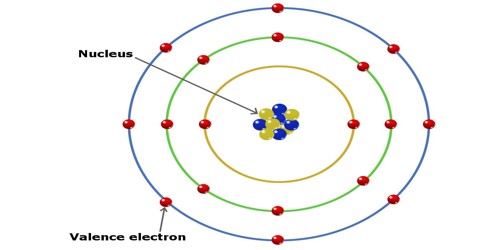Bismuth phosphide is a proposed inorganic compound with the chemical formula BiP. The structure of this material is unknown. It typically appears as a solid and is used in various applications, including in the field of semiconductors and as a material for certain types of electronic devices.
It has interesting characteristics such as its electrical conductivity and its behavior under different conditions, which can be relevant for specialized applications in electronics and materials science. Its semiconductor properties might be harnessed in technologies requiring specific electronic behaviors.
Properties
When heated in air, bismuth phosphide burns. When heated in an atmosphere of carbon dioxide, a gradual volatilization of phosphorus is observed. This compound is oxidized when boiled in water. All strong acids dissolve it.
- Chemical formula: BiP
- Molar mass: 239.9
- Appearance: Black solid
It usually crystallizes in a structure similar to that of the rock salt structure, though the exact arrangement can vary depending on the conditions under which it is synthesized. It exhibits semiconductor properties, with potential applications in electronic devices due to its ability to conduct electricity under certain conditions. It has a relatively high melting point, though specific values can vary depending on the exact composition and purity.
Synthesis
Bismuth phosphide is generally stable, but like many compounds, it may react with acids or bases under specific conditions. It can exhibit unique optical properties, which might be useful in specialized applications, such as in optoelectronic devices. One route entails the reaction of sodium phosphide and bismuth trichloride in toluene (0 °C):
Na3P + BiCl3 → BiP + 3 NaCl
Another method uses tris(trimethylsilyl)phosphine in place of the sodium phosphide.
Applications
While not as common as other bismuth compounds, bismuth phosphide is explored for potential uses in:
- Semiconductors: Due to its semiconductor properties, it can be used in electronic components and devices.
- Thermoelectric Materials: It may have applications in thermoelectric materials, which convert heat into electrical energy.
















